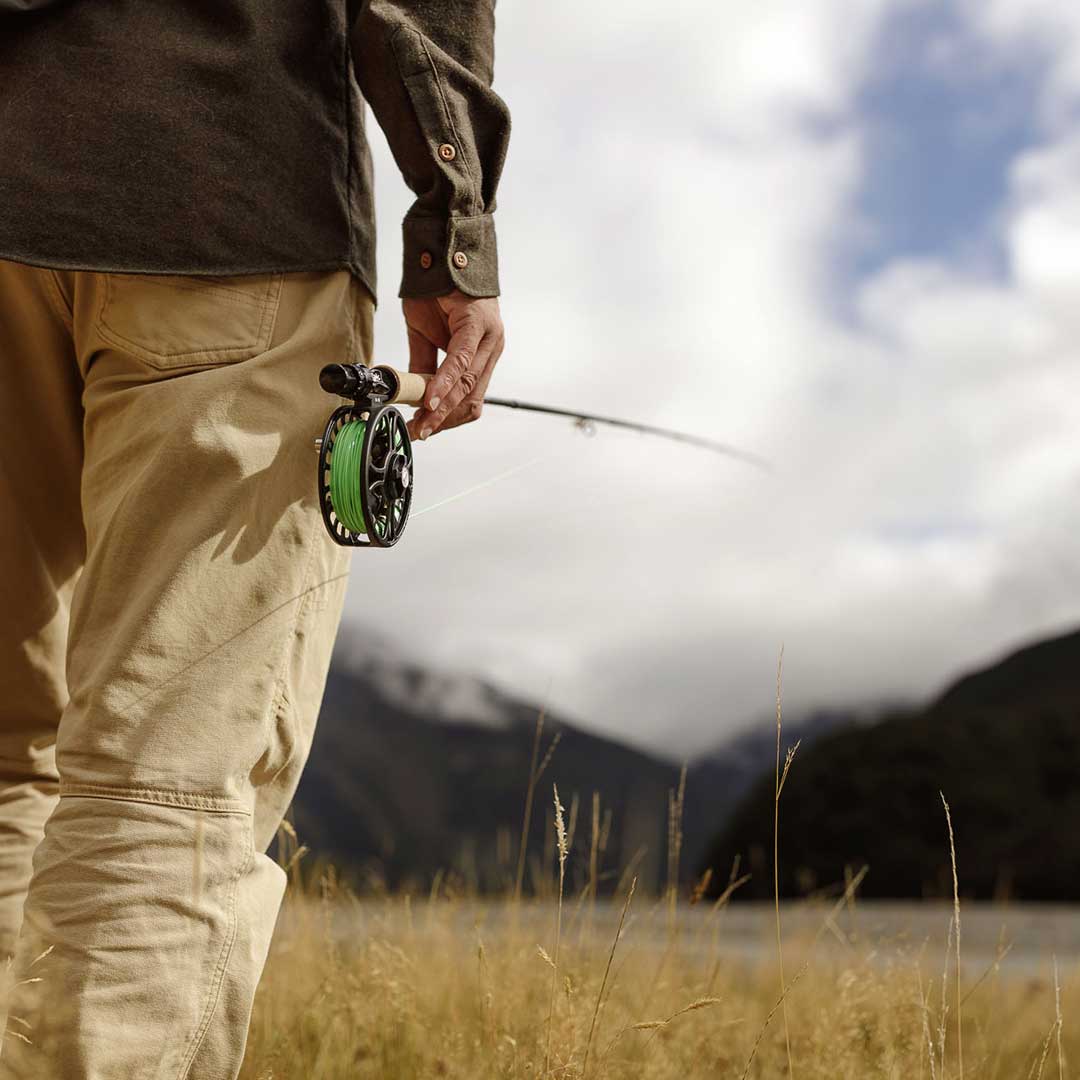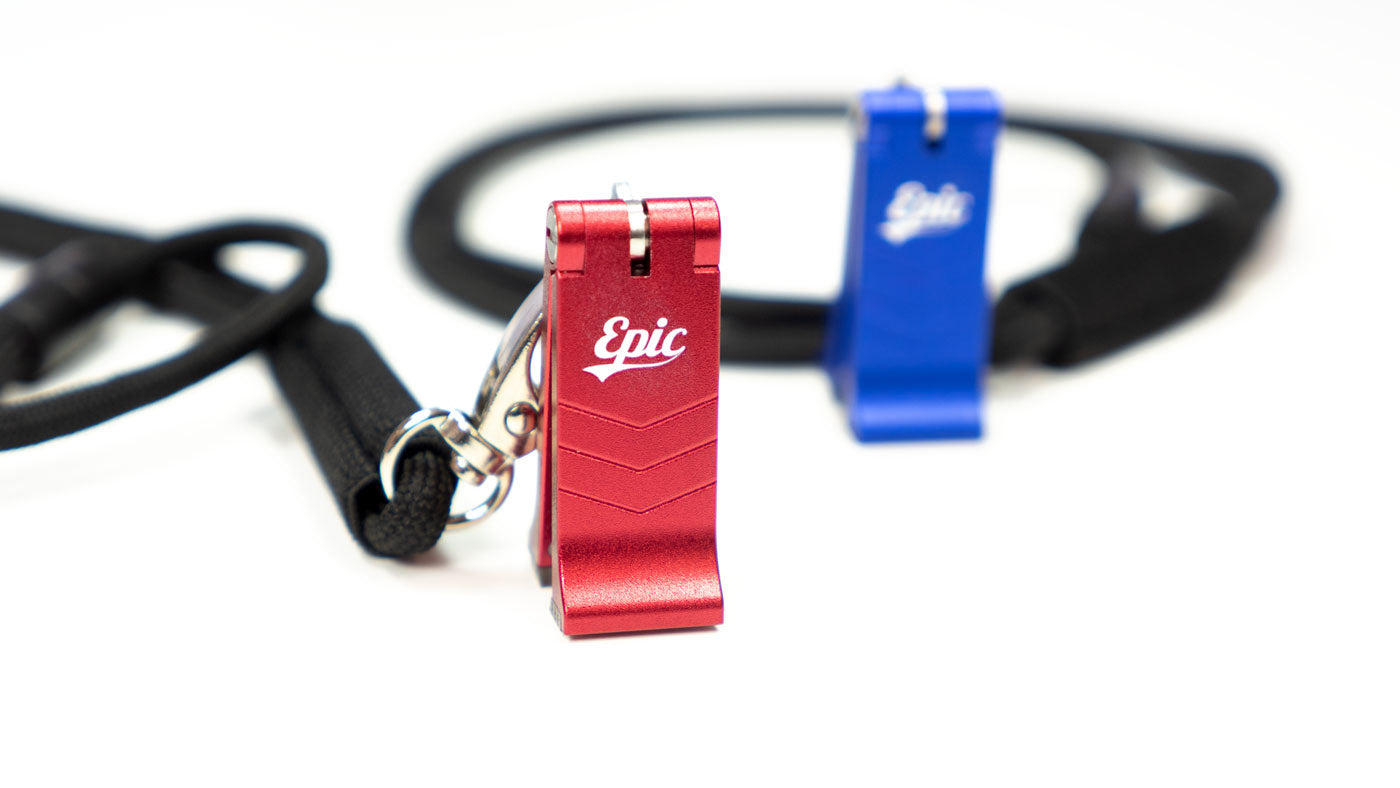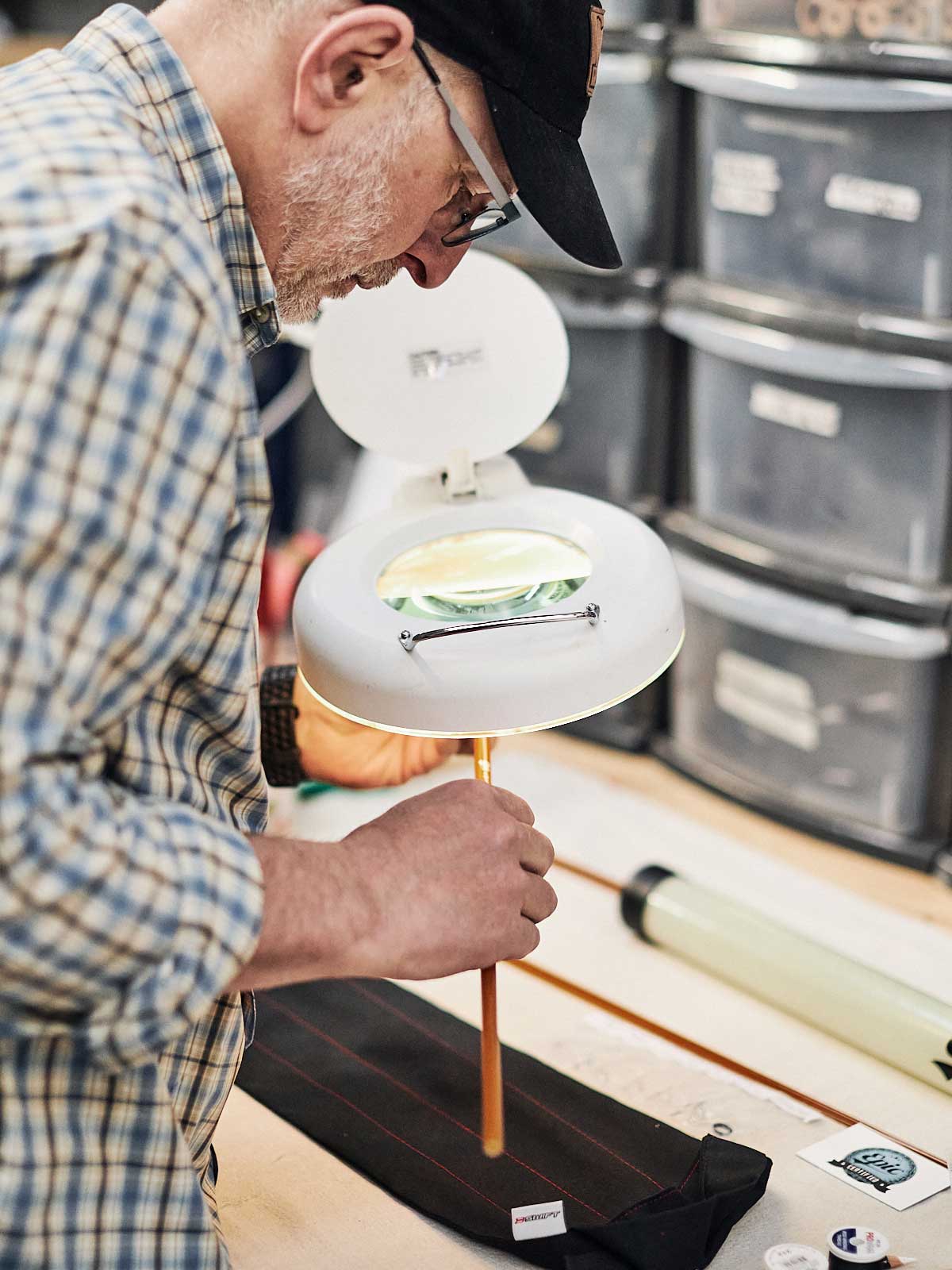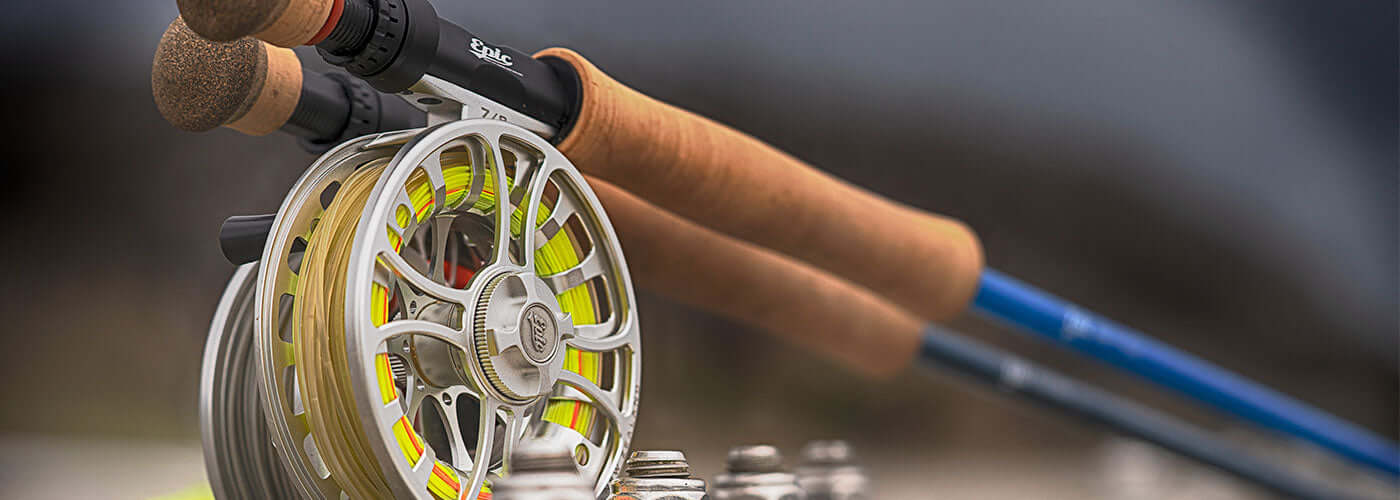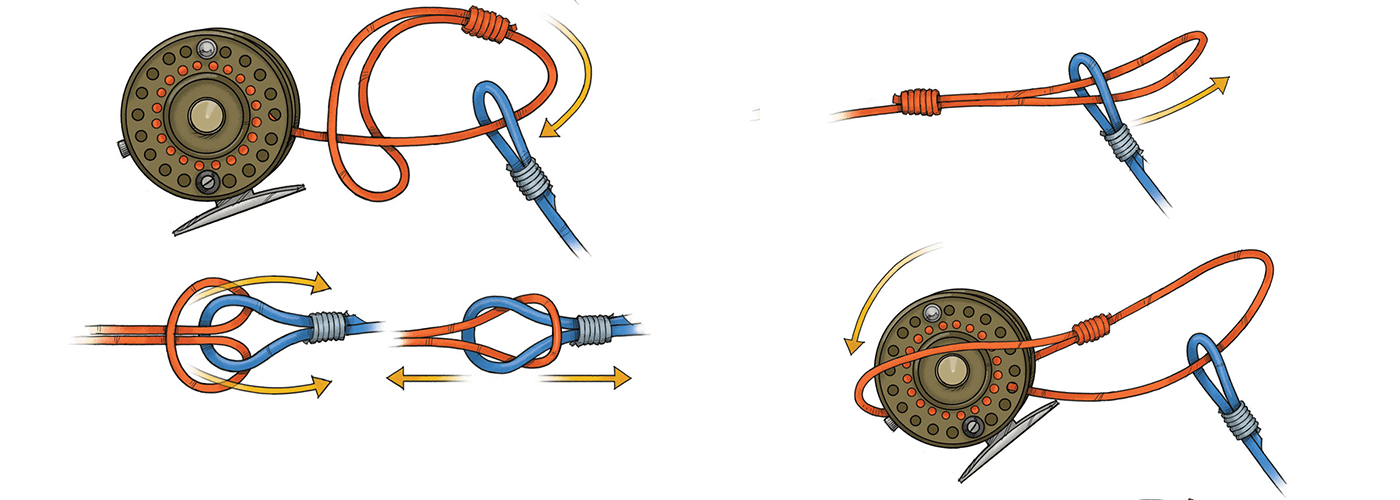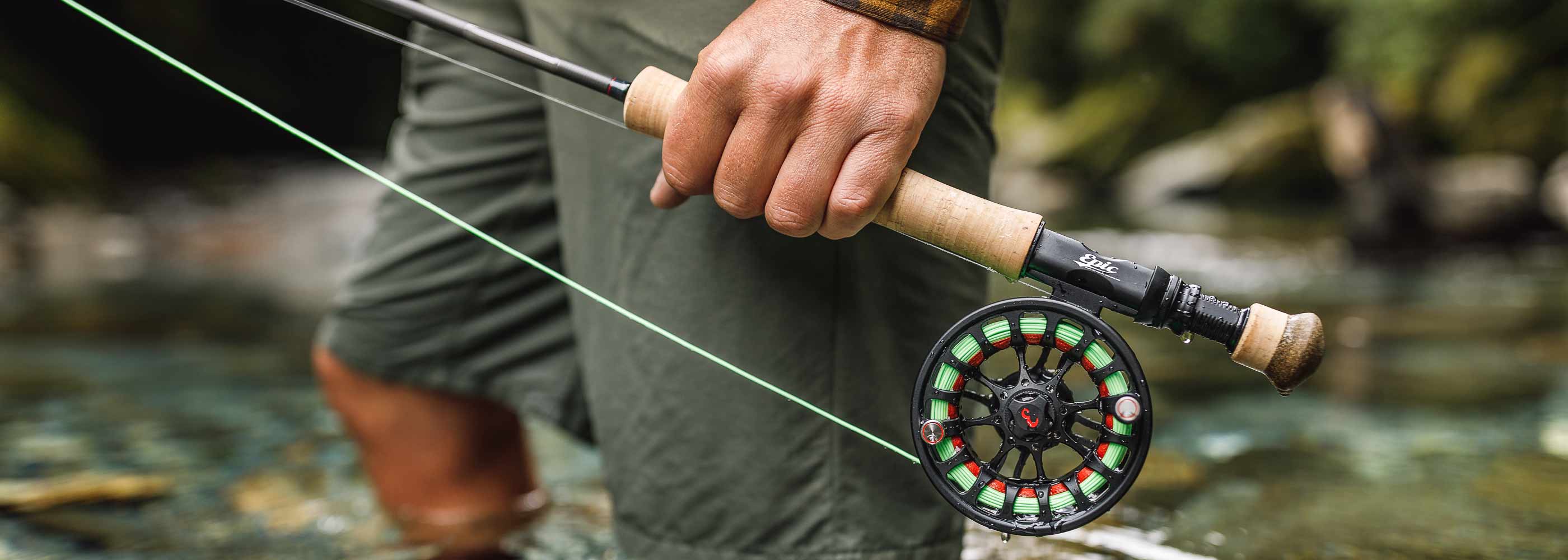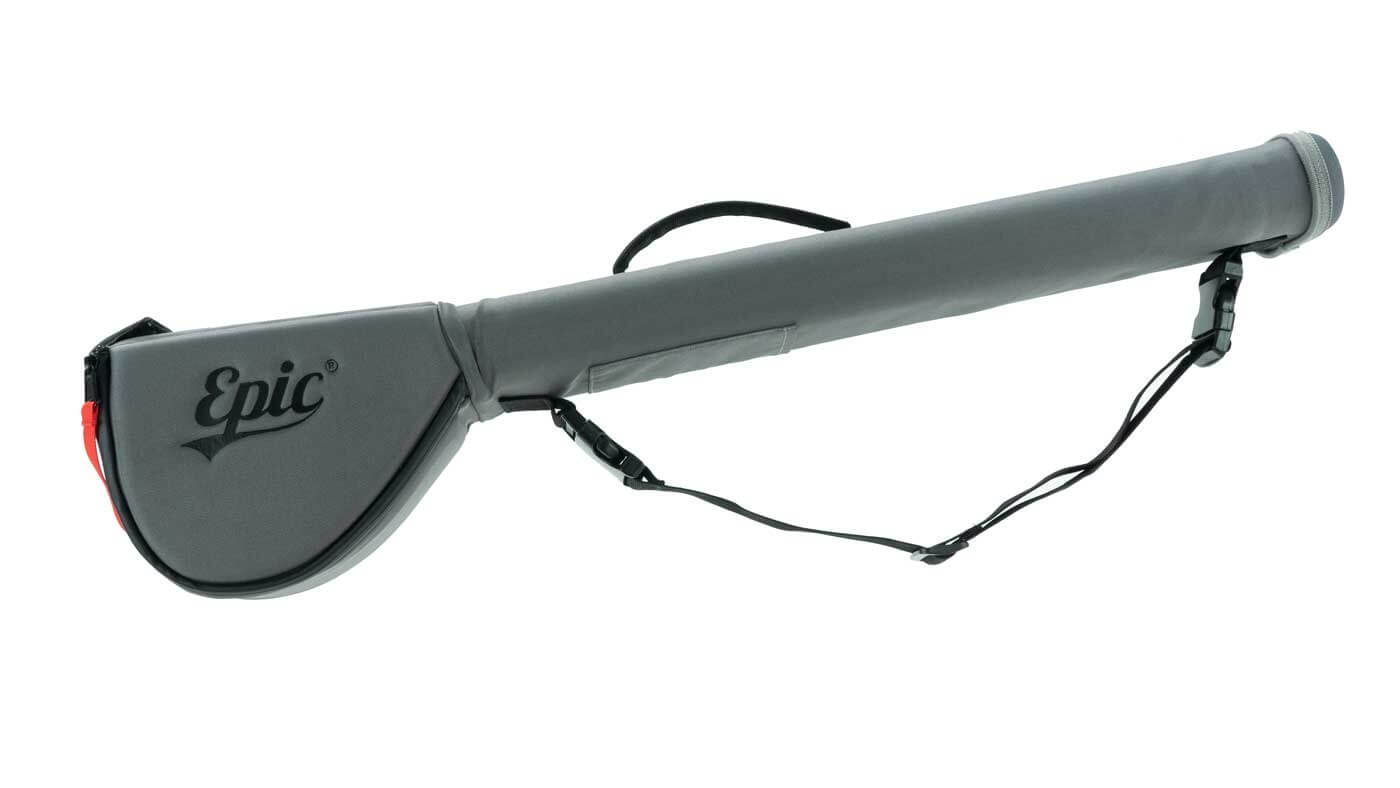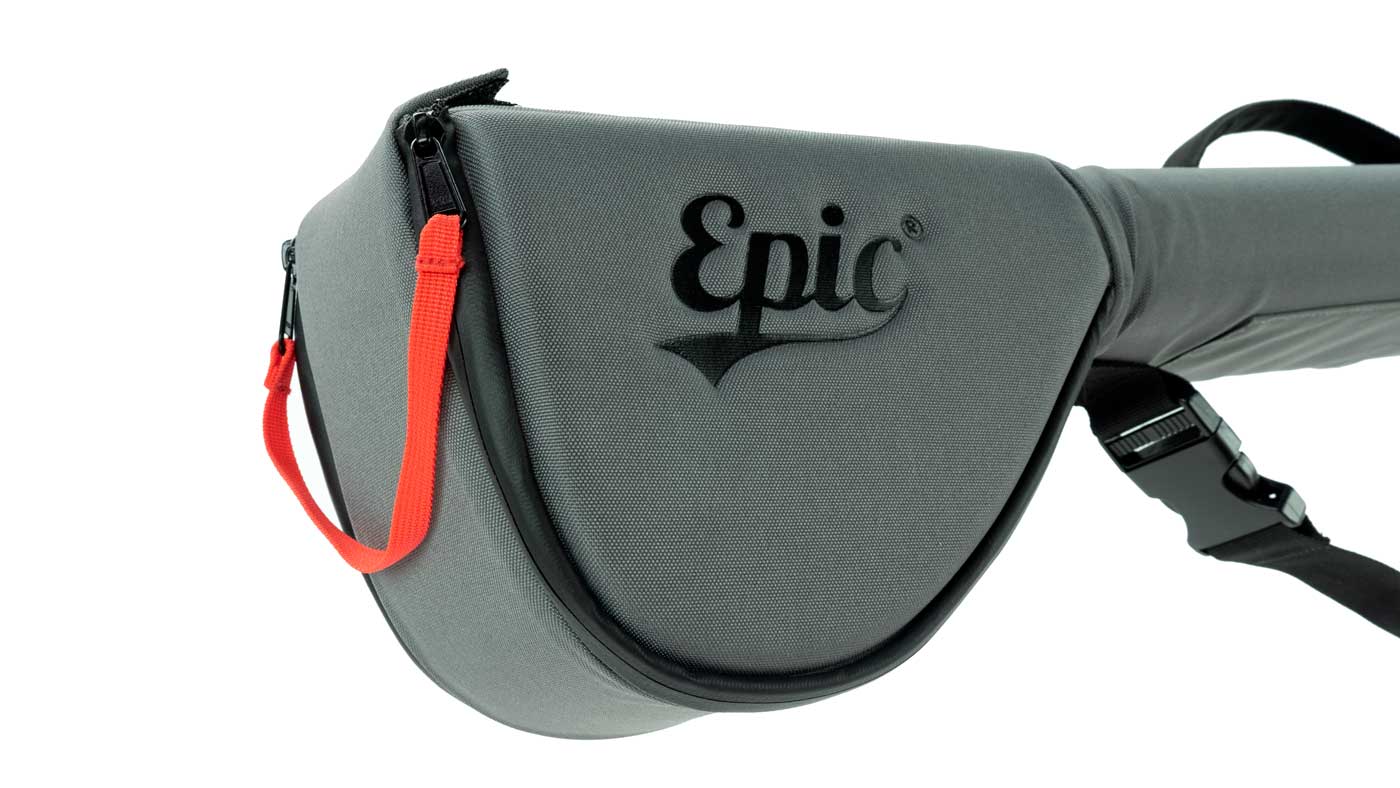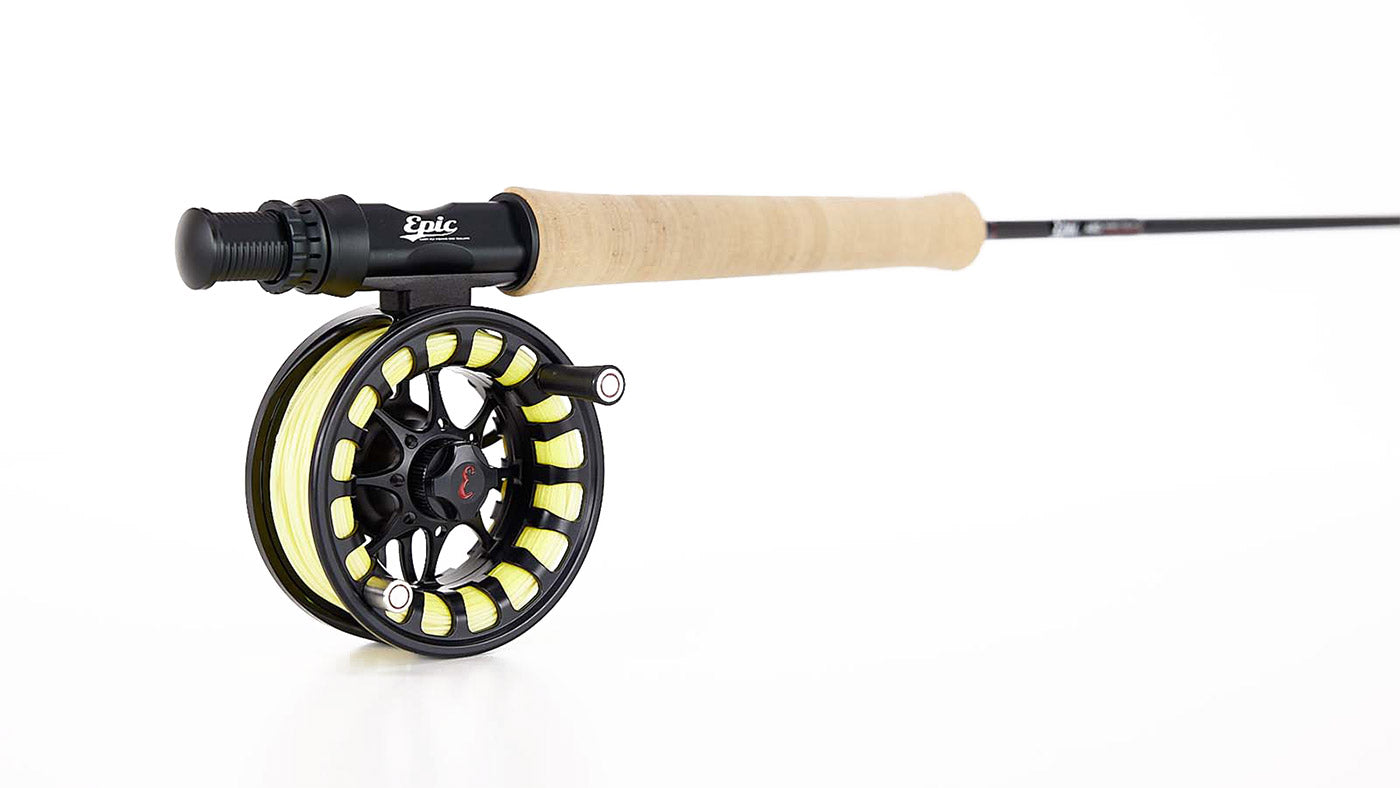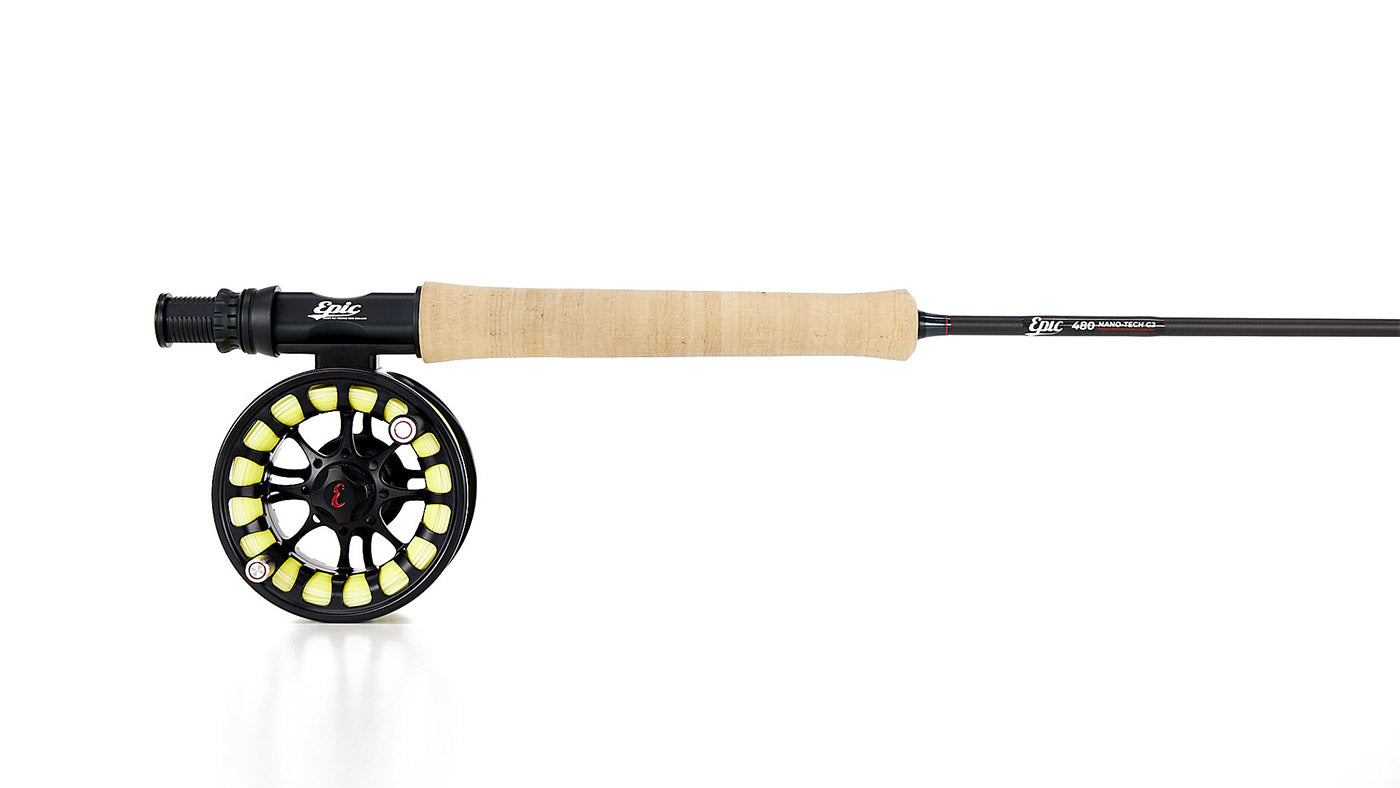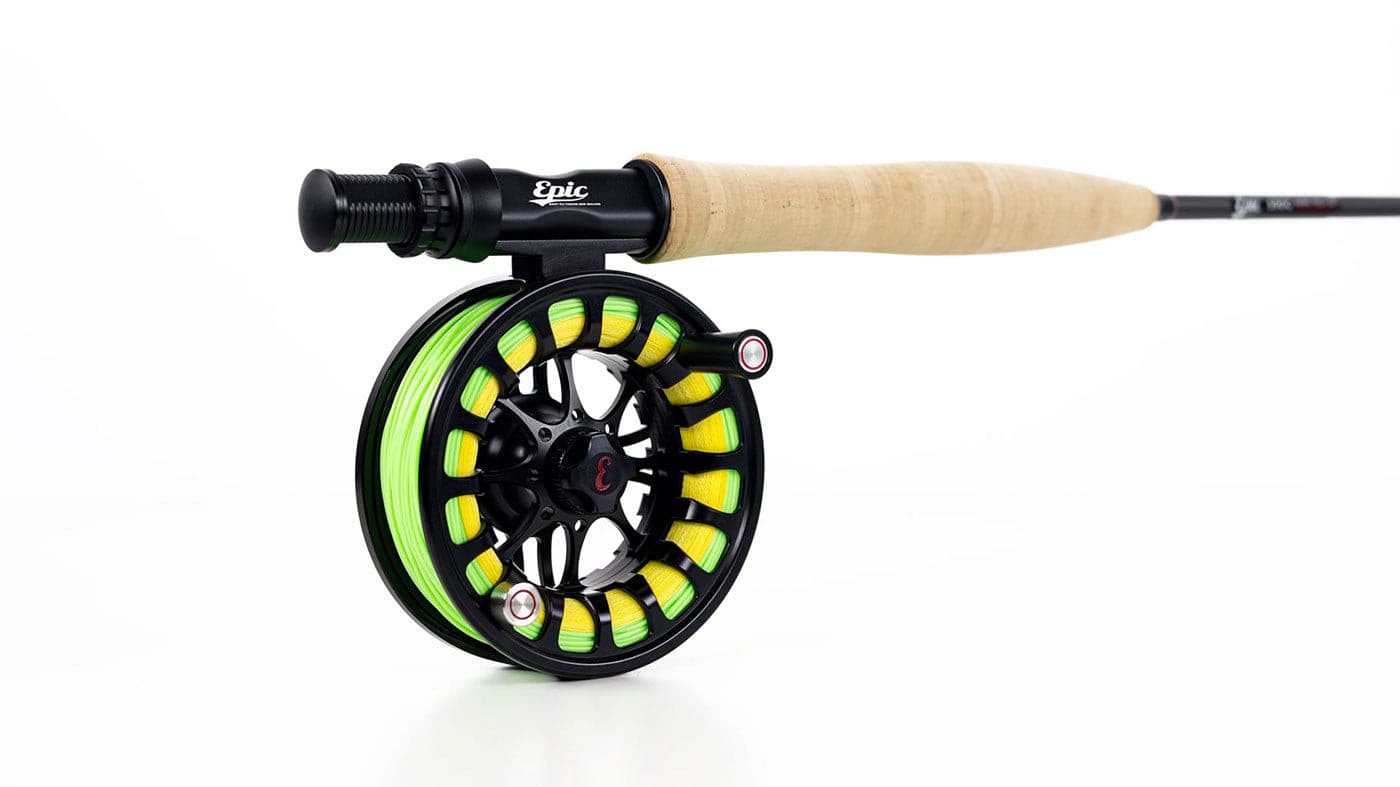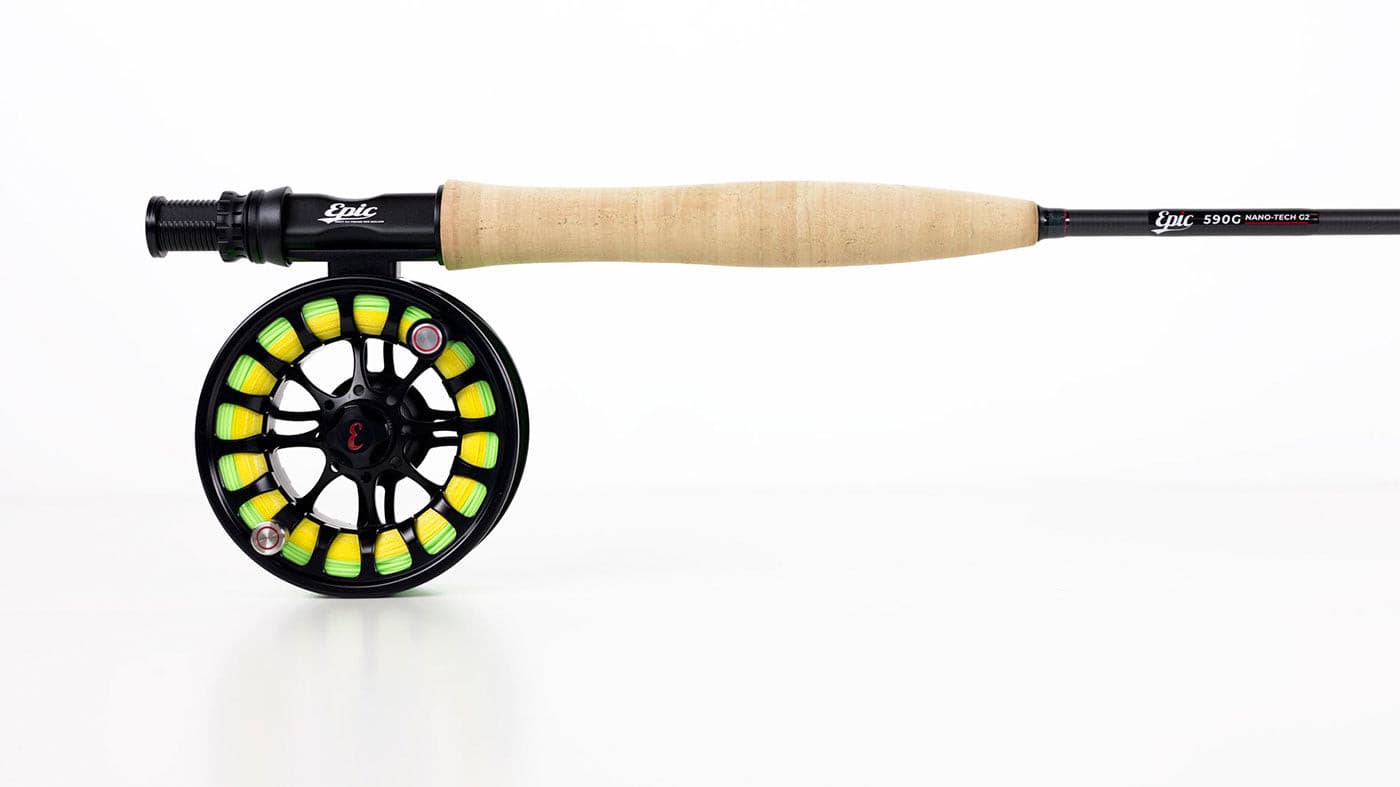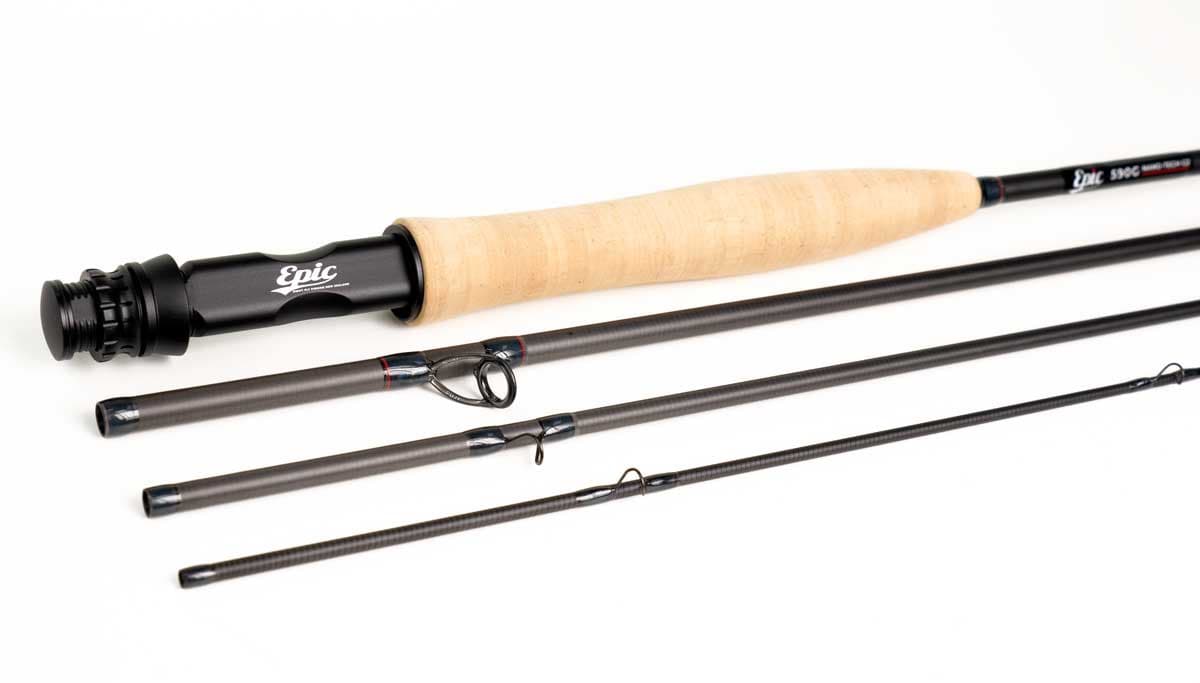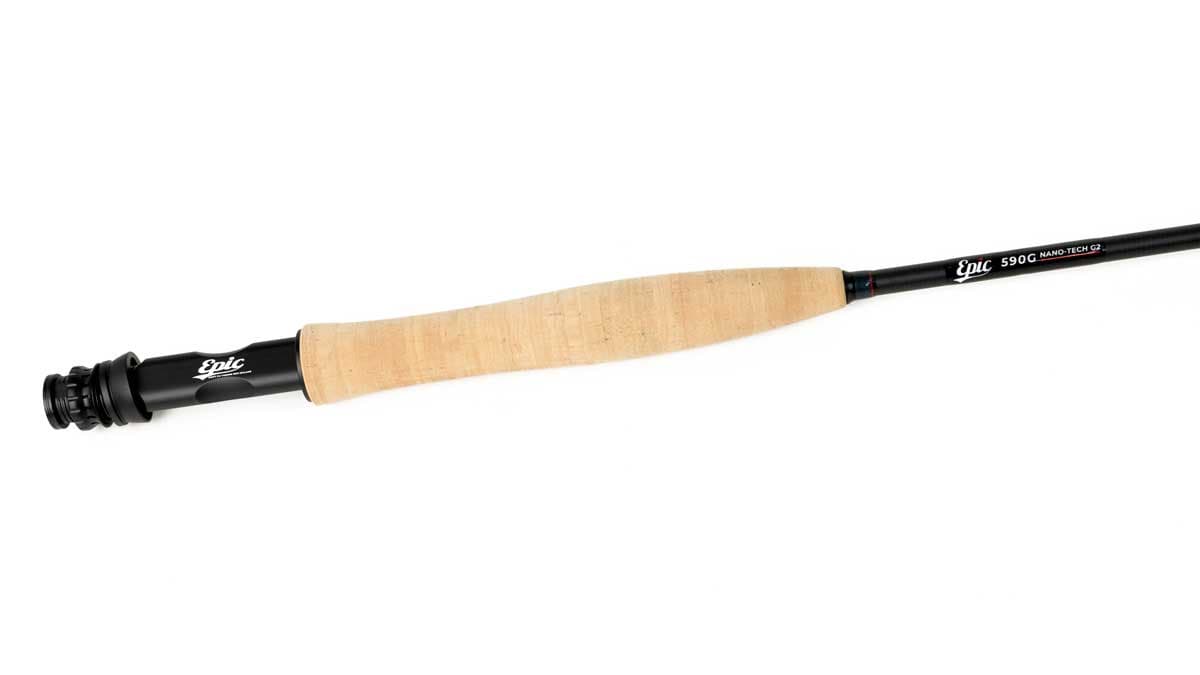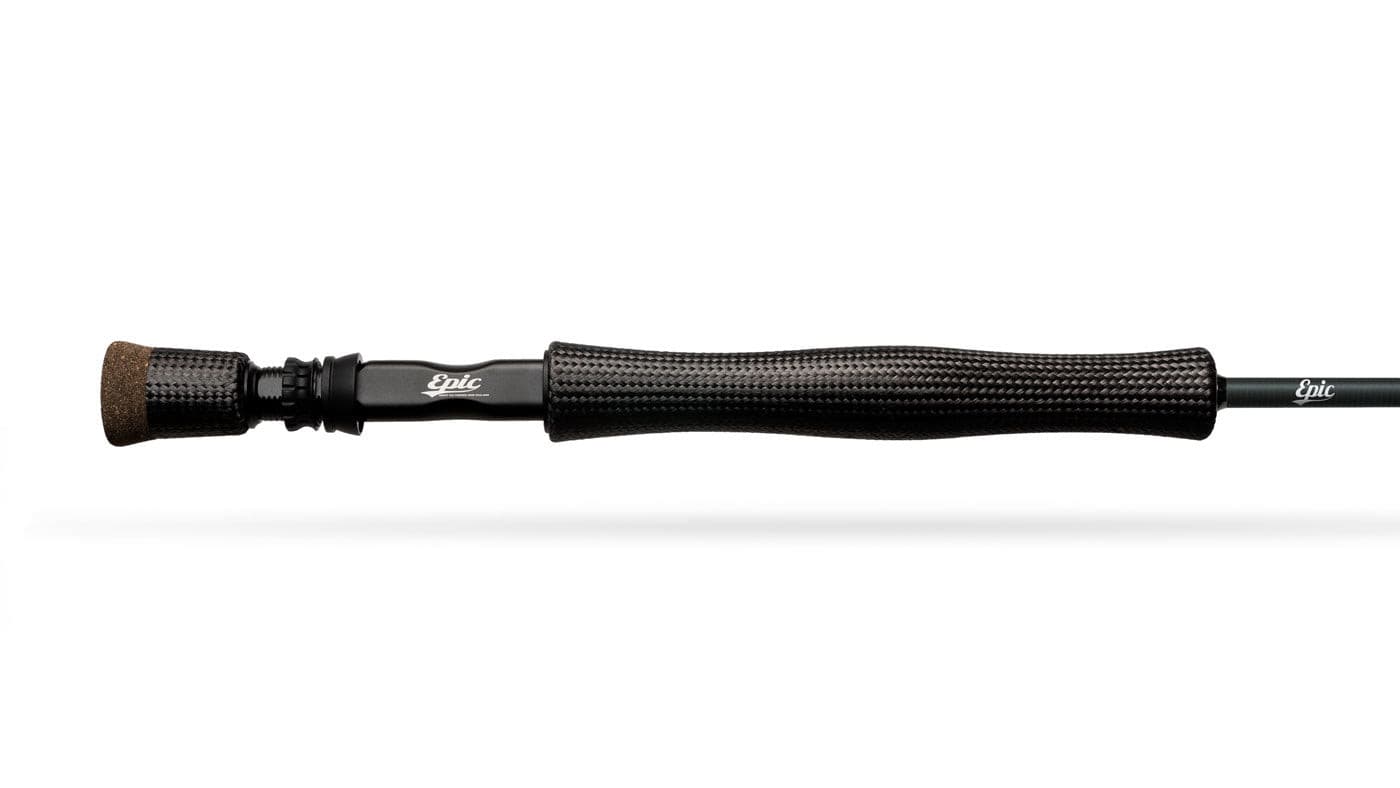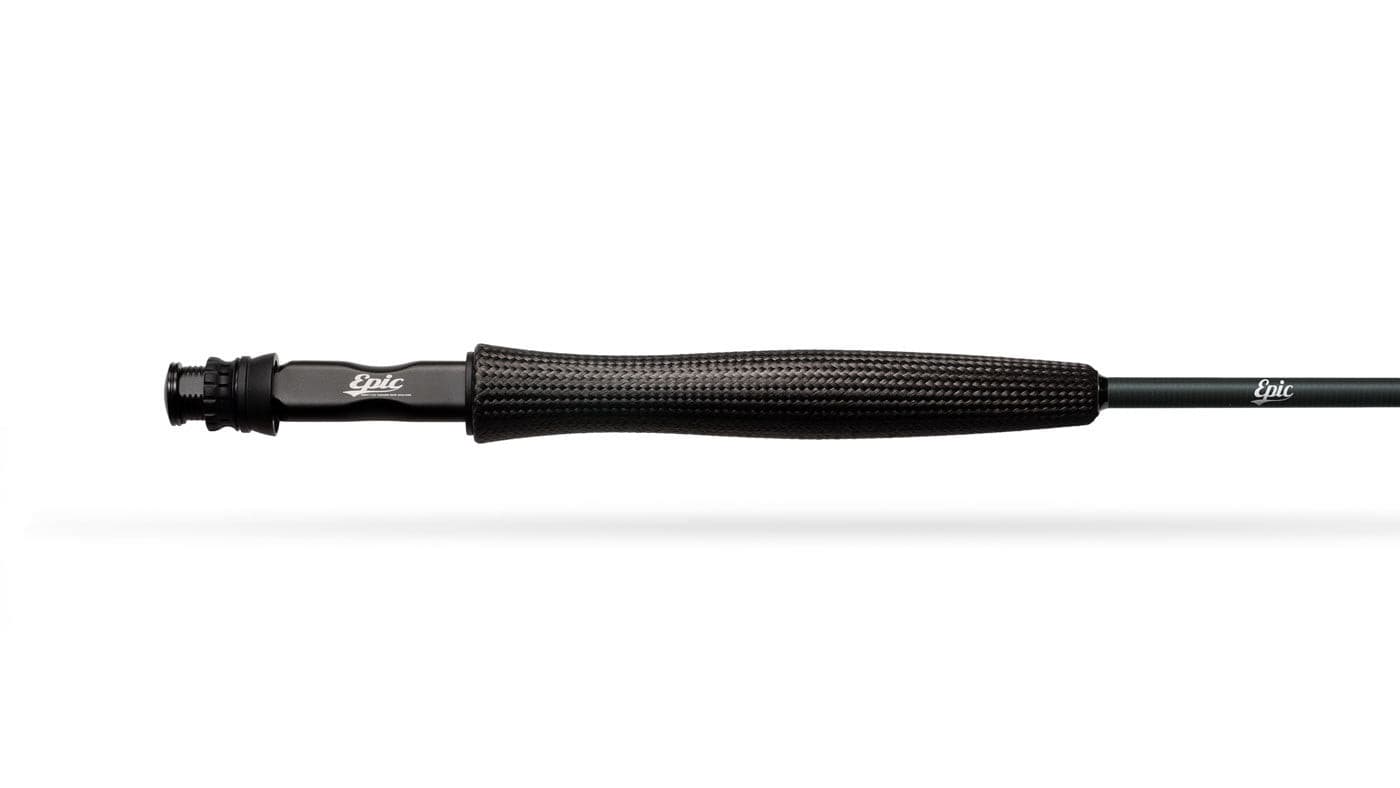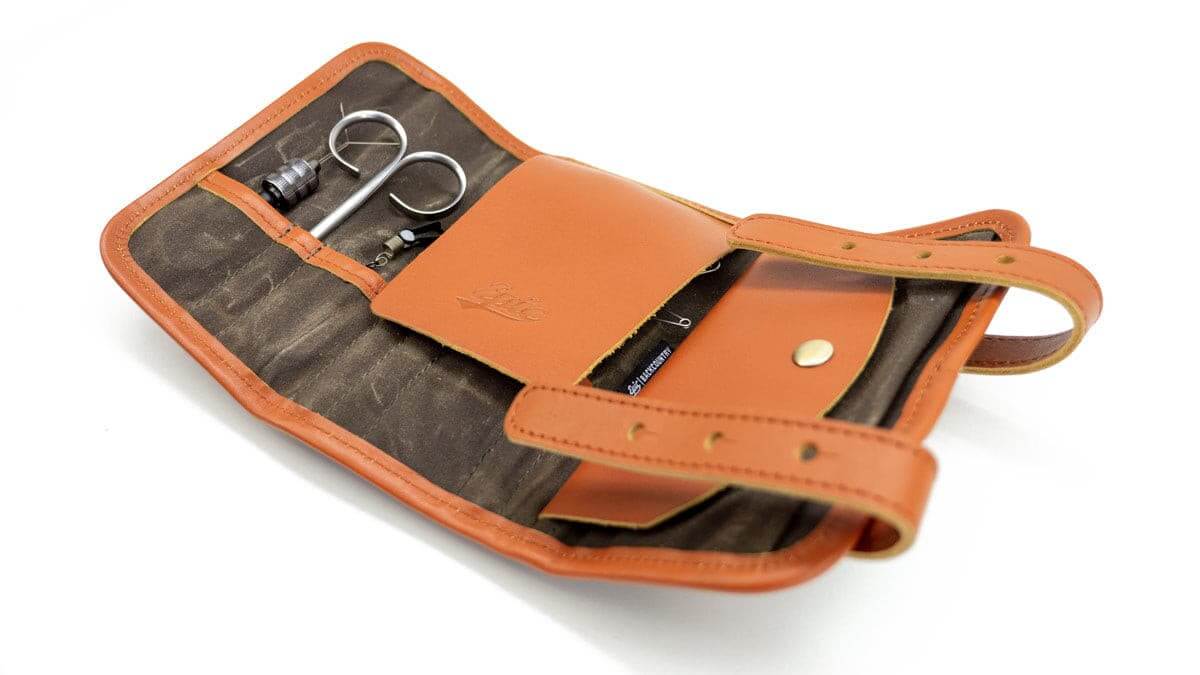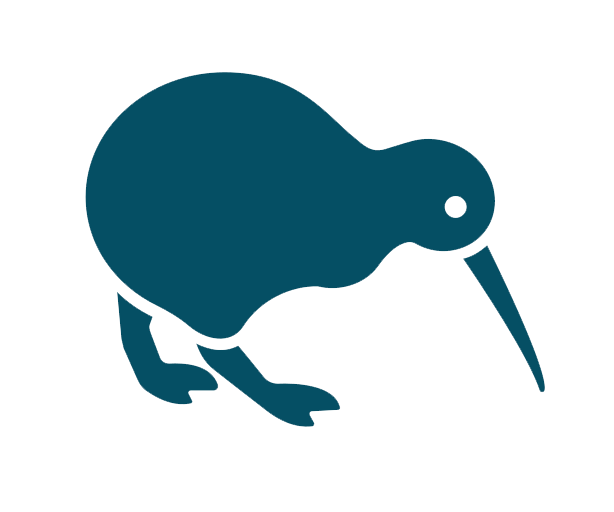Three Useful Fly Casts You’ve Probably Never Seen
Fly rodders are among the most resourceful and innovative creatures on earth. If there is a shady nook in the mangroves, a fishy-looking eddy, or a bait bust in a tidal rip, an accomplished angler will find a way to deliver his fly. Oftentimes a few adjustments will do the trick and a hybrid cast is the result.
There are, however, some casts that are truly unique; usually developed for a specific purpose. The three casts that I present here are stand-alones. Have these casts been done at some time by somebody? Perhaps, but I haven’t seen them before and suspect that you haven’t either.
The Quick Change Cast

Borne largely out of self-preservation, the Quick-Change cast is the work of Captain John Hand, who guides in the Tampa Bay area. Many of Capt. John’s charters involve sight fishing for redfish. Frequently, if the first cast is refused, a forgiving fish will give the fly a second look, provided it is not spooked. The Quick Change approach eliminates false casts, keeps the angler engaged, and most importantly, keeps the fly from whizzing about the guide’s head. The Quick-Change works equally well whether the fish is travelling from right-to-left or vice-versa, and is easily made at distances up to 45 feet. You can add a haul for even greater distance. Here’s how it is done:
Step one: Initial cast has been made. Keep your rod low and pointed at the fly.
Step two: Forget about the line and follow the fish with the rod-tip. Keep your eyes on the fish.
Step three: Raise the rod slowly and make a brisk back cast 180 degrees from your new target. Don’t worry, the line will straighten beautifully behind and will be ready for the forward stroke.
When making this cast in the opposite direction shown, the back cast will be made cross-body or as Capt. John says “Just follow the line”. A directional change of up to 45 degrees can be achieved.
The Misdirection Cast

Stories are legion of anglers wading miles of beach or flats looking for fish only to look down and see their quarry nearly at their feet. These are usually the hardest of all to catch. Drew Chicone, who spends his share of time stalking shallow water species, chooses his clothes, lines, equipment – stopping just shy of military face paint- to blend into the environment. His presentation to these “close-talkers” is equally unique. While we sometimes disagree on exactly what the fish sees (or actually cares about), his approach is deadly, and his success rate is undeniable.
When a fish appears at close range, nearly any movement will send him packing. When casting straight at the fish, if you are lucky enough to present the fly without sounding the alarm, you have a very short stripping window to draw a strike. If your fish is 20 feet away and you are using a 9’ leader and a 9’ rod, you will have 2 feet of fly line beyond the rod tip. That equals only 1 strip. At this point, the angler typically tries to wiggle, jiggle, or otherwise coerce the fly into looking alive without getting the leader inside the rod tip. With Chicone’s method you will now have up to 18 feet (or 9 strips) of fly line beyond the rod tip and gain a favorable angle for which to set the hook. The other critical element of this presentation is that because your back is turned to the fish, your stripping motion is concealed.
Here’s how it works:
Step one: Once a fish is spotted, slowly turn your back to it. While keeping your rod-tip as low as possible, make a false cast one rod length away and parallel to the target while slipping out the desired amount of line.
Step two: On your forward cast add a bit of speed and “shock” the rod to a stop, curving the line. Try this at various distances until you have the confidence to hit your target.
Once the cast is executed, keep the rod-tip low and pointed at the line, not the fly. The line will maintain the circular shape in the water and will provide enough tension to set the hook.
The Sky Curve


Of all the casts, to me, the outside curve is the Holy Grail. I have worked to develop this one for a couple of years. Most often what is called an outside curve is actually an aerial mend. By definition, an aerial mend is a motion intended to adjust the line formation after the stop on the forward stroke. The aerial mend is useful for positioning the line in a current, or going over the top of an obstacle, but it is not a true curve cast. It will not go around a tree or a bridge piling. Inside curve casts are fairly easy to do. Making a curve to the outside is much more difficult. A cross-body side-arm, or back-cast approach can achieve an outside curve, but these are cumbersome and accuracy usually suffers.
Frequently, a casting instructor’s mantra is “Straight line path of the rod-tip” and that is great advice, but we are now going to break from that. The Sky curve is an overhead cast that features an elongated single spiral path of the rod-tip during the forward stroke. Make sure that you make only one rotation- a corkscrew motion will result in a heap of coils. With the Sky curve, you can effectively make casts with up to 60 feet of line and achieve a sharp and accurate curve. Once the fly lands (usually out of your line of sight) keep the rod pointed at the line and the curved shape will hold during the retrieve. Here’s how it works:
Step 1: Choose a target behind a tree or telephone pole. Now choose a secondary target beside and 10 feet beyond the pole.
Step 2: Make one false cast to the secondary target to build line speed
Step 3: On the final forward cast, begin by bringing the hand slightly inward and move the hand forward in a single, spiralling motion (just like a proofreader’s “delete” mark). A brisk stop at the end of the stroke should curve the line, leader and fly nicely around the pole.
This cast works in either direction, but solves a particular problem when curving accurately to the outside. The Sky curve is one of the rare instances in fly casting that a weighted fly does not hinder the cast.
These casts may seem strange and difficult at first, but with some dedicated practice, they will likely help you catch a few fish that you otherwise wouldn’t have.
Author

Joe Mahler is one of the USA's leading fly casting instructors and author and illustrator of “Essential Knots & Rigs for Trout” and “Essential Knots & Rigs for Salt Water”. You can Book a fly casting lesson with Joe via his website here


